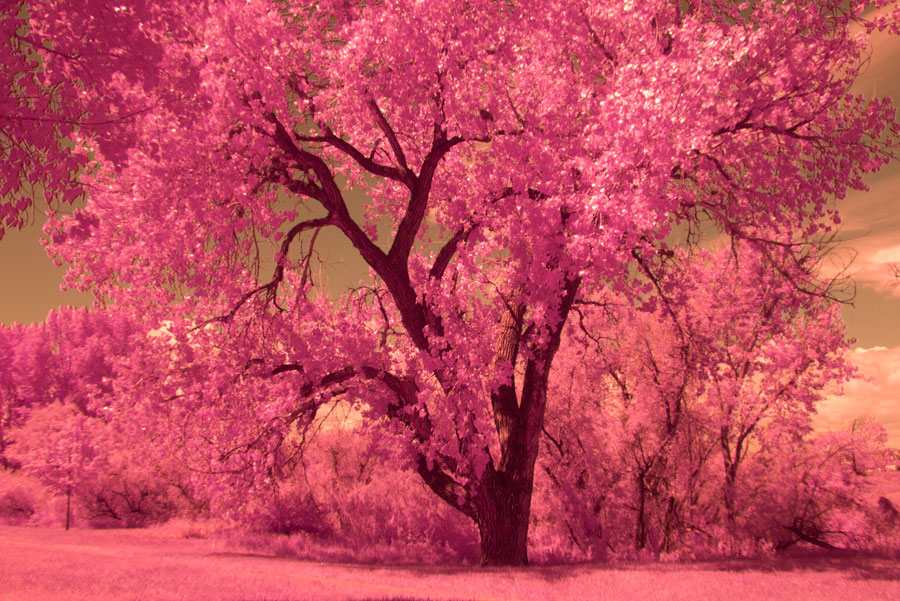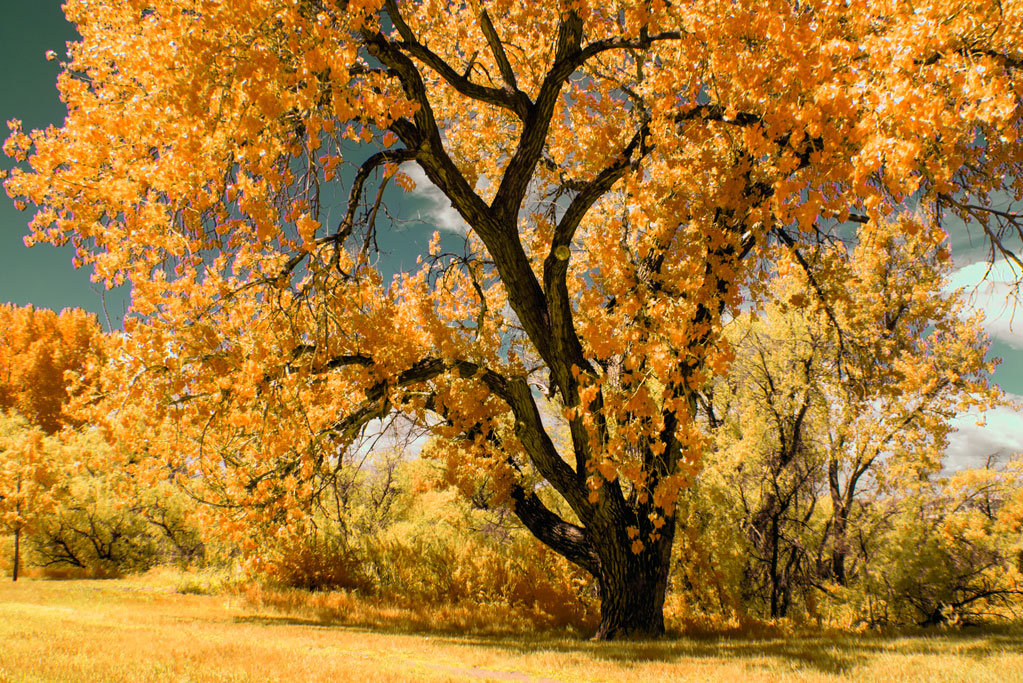Today’s Post by Joe Farace
“Great works are performed not by strength but by perseverance.”— Samuel Johnson
During workshops and PhotoWalks the number one question I’m typically asked by attendees is about how to obtain proper exposure. You would think that with all the automation that’s built into today’s cameras that would be the last question they would ask but it is the first.
 That’s why I think the best way to increase your skills in obtaining what, for you, is the best exposure is to practice. I think the same suggestion holds true for improving your overall photography skills. Seven-time Grammy-winning pianist Emanuel Ax practices four hours a day. And a few of his tips about practicing the piano could apply to photographers as well. Here they are with my photographic spin:
That’s why I think the best way to increase your skills in obtaining what, for you, is the best exposure is to practice. I think the same suggestion holds true for improving your overall photography skills. Seven-time Grammy-winning pianist Emanuel Ax practices four hours a day. And a few of his tips about practicing the piano could apply to photographers as well. Here they are with my photographic spin:
Listen to great performances. If you don’t already have a favorite photographer you should. Pick up some books about the history of photography at the library and see whose images speak to you and some definitely will, I promise. Then select other books by or about that photographer, especially ones showing how their style evolved. Don’t just copy their work but instead be inspired by it. Many times, I’ll post images here or Instagram (follow me at @joefarace) that are homages or inspired by a certain photographer’s style.
 How I made this shot: I photographed my favorite tree (yes, I have a favorite tree) in McCabe Meadows with a Panasonic Lumix GX1 that was converted to infrared using LifePixel’s HyperColor filter. It was shot with an Olympus M.17mm f/2.8 lens with an exposure of 1/2000 sec at f/5 and ISO 180. The resulting shot SOOC looked like the above right image but the “after” photograph at left was modified using Photoshop Actions from Life Pixel that are designed specifically for use with this conversion.
How I made this shot: I photographed my favorite tree (yes, I have a favorite tree) in McCabe Meadows with a Panasonic Lumix GX1 that was converted to infrared using LifePixel’s HyperColor filter. It was shot with an Olympus M.17mm f/2.8 lens with an exposure of 1/2000 sec at f/5 and ISO 180. The resulting shot SOOC looked like the above right image but the “after” photograph at left was modified using Photoshop Actions from Life Pixel that are designed specifically for use with this conversion.
Get a partner. While I tend to be a lone wolf and not just about my photography, shooting with a friend, especially one that uses the same kind of gear as you, can also you learn and improve your own image making. You can swap lenses, maybe cameras and watch how each other works. How much you learn may surprise you plus it’s fun. My friend Barry Staver had his Lumix GH4 modified with the Super Color filter form Life Pixel and we’ve gone to McCabe Meadows a few times together.
Try another instrument. Mr. Ax also likes to play timpani, while I will reluctantly drag out my Canon EOS gear from time to time (you can read my kvetching about that here) especially now that I have a EOS M6 Mark II. (Read about my experiences with this camera in my Shutterbug review.) I will also occasionally shoot film cameras ranging from a Minolta Prod 20 to a Leica M6 and revel in the same photographic experience I had when starting out oh-so-many years ago.
Experiment. That’s where infrared photography comes in for me. One of the things I initially did with my Hyper Color converted Lumix GX1 was to set three custom white balances: I photographed some lush green grass and used that to set one custom white balance. Then I created alternative color balances using the camera’s C1 and C2 custom setting by assigning some of the camera’s standard color balance settings, like fluorescent used for the “before” image above, to give me two different tonalities. One was mostly magenta and the other was mostly purple. The combination gave me three different color options at the twist of a dial plus the ability to modify the final images using the Hyper Color Photoshop actions that I used for the featured image.
 Life Pixel does a great job with IR conversions and they have done all of conversions for my Canon DSLRs as well as Panasonic Lumix G-series cameras. This is not a paid or sponsored endorsement, just my experience.
Life Pixel does a great job with IR conversions and they have done all of conversions for my Canon DSLRs as well as Panasonic Lumix G-series cameras. This is not a paid or sponsored endorsement, just my experience.
Copies of my book, The Complete Guide to Digital Infrared Photography, are available from Amazon for $21.15 or used starting around $16 as I write this. Creative Digital Monochrome Effects has a chapter on IR photography and is available for $19.30 or used starting at the bargain price of less than two bucks as I write this.